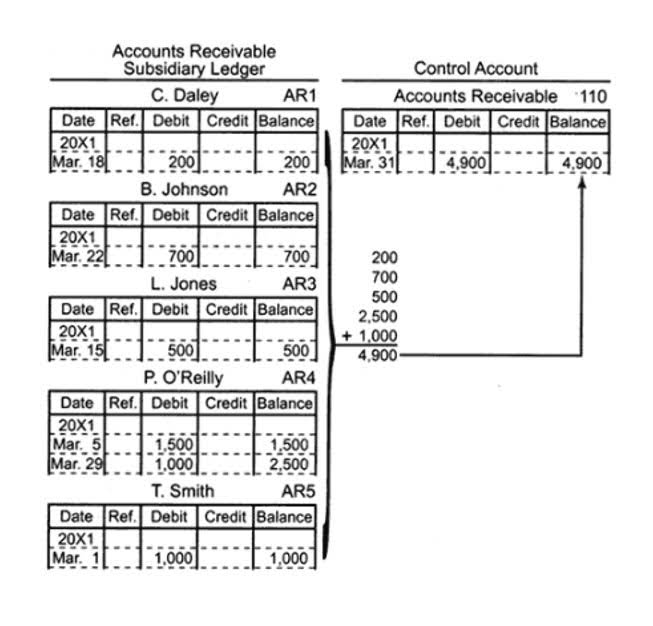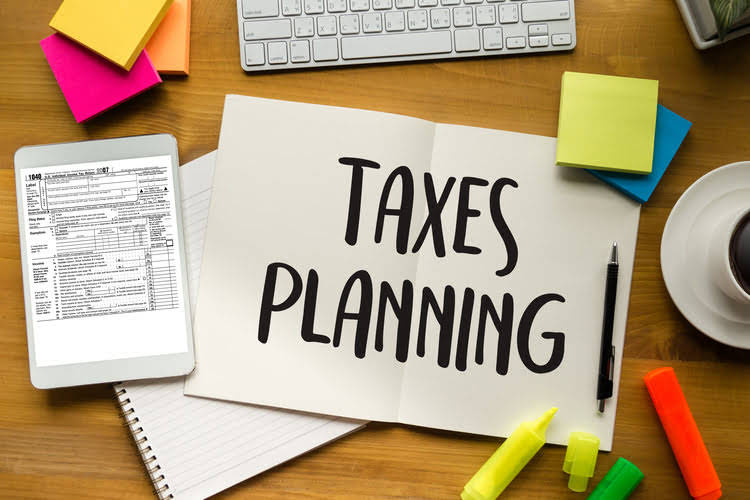
Managing liabilities is a crucial aspect of running a successful business. It involves anticipating future financial obligations and employing strategies to meet them while maintaining solvency. One of the key steps in planning for future obligations is to thoroughly analyze a company’s balance sheet, identifying both short-term and long-term liabilities. This enables decision-makers to prioritize their payments and allocate resources accordingly. Contingent liabilities are potential obligations that may arise depending on the outcome of a future event. These are not recorded on the balance sheet but are disclosed in the https://www.bookstime.com/ financial statement notes.
Impact of Liabilities on Businesses
They include tangible items such as buildings, machinery, and equipment as well as intangibles such as accounts receivable, interest owed, patents, or intellectual property. The outstanding money that the restaurant owes to its wine supplier is considered a liability. Liabilities are categorized based on their nature and the time frame within which they are expected to be settled. This classification helps in better financial planning and analysis, providing a clearer picture of an organization’s obligations. At PIA Insurance Agency, we understand the delicate balance between managing your own liabilities and helping clients manage theirs.
What Are Liabilities in Accounting? (With Examples)

In company form of organisation, accounting for the owners’ (shareholders) equity is somewhat more complex than for other types of business organisations. Accounting for a company equity focuses on the distinction between capital contributed by shareholders and retained earnings. A contingent liability is not a legal or effective liability; rather it is a potential future liability.
Credit Card Debt
The higher it is, accounting liability the more leveraged it is, and the more liability risk it has. But there are other calculations that involve liabilities that you might perform—to analyze them and make sure your cash isn’t constantly tied up in paying off your debts. See how Annie’s total assets equal the sum of her liabilities and equity? If your books are up to date, your assets should also equal the sum of your liabilities and equity.
- These include wages payable, such as salaries earned but not yet paid.
- By categorizing them correctly as current, long-term, or contingent, you’re creating a roadmap of your financial obligations that anyone can follow.
- In conclusion, proper recognition and measurement of liabilities are essential for maintaining accurate and transparent financial statements.
- This might sound obvious, but it’s surprisingly common – especially with verbal commitments or end-of-period expenses.
- To calculate it, divide total liabilities by total liabilities plus equity.
- As liabilities impact both the balance sheet and cash flow statement, businesses must carefully consider their decisions regarding debt, tax management, and other obligations.
What Are Financial Assets? Types, Examples, and Key Insights
Beyond the balance sheet, liabilities also influence other financial statements, such as the income statement and the cash flow statement. Interest expenses on debt, for instance, are recorded on the income statement, affecting the company’s net income. Similarly, the repayment of principal amounts on loans is reflected in the financing activities section of the cash flow statement.

How are liabilities used in calculating a company’s net worth?
In this case, the bank is debiting an asset and crediting a liability, which means that both increase. The accounting equation is the mathematical structure of the balance sheet. By keeping close track of your liabilities in your accounting records and staying on top of your debt ratios, you can make sure that those liabilities don’t hamper your ability to grow your business. In most cases, lenders and investors will use this ratio to compare your company to another company. A lower debt to capital ratio usually means that a company is a safer investment, whereas a higher ratio means it’s a riskier bet. Generally speaking, the lower the debt ratio for your business, the less leveraged it is and the more capable it is of paying off its debts.
Negative Liabilities

These are considered legal or financial obligations, and the business is expected to settle them over time, usually by paying cash, delivering goods, or providing services. You can think of liabilities as the part of a business’s assets that still “belongs” to someone else. When lenders or investors assess a business, they don’t just look at revenue or assets; they also review liabilities. That includes what the company owes, when payments are due, and how manageable the debt is. Just as your debt ratios are important to lenders and investors looking at your company, your assets and liabilities will also be closely examined if you are intending to sell your company.
- A contingent liability is an obligation that might have to be paid in the future but there are still unresolved matters that make it only a possibility, not a certainty.
- Explore the essentials of liabilities in modern accounting, their types, and their impact on financial reporting and ratios.
- The current/short-term liabilities are separated from long-term/non-current liabilities.
- A company’s net worth, also known as shareholders’ equity or owner’s equity, is calculated by subtracting its total liabilities from its total assets.
- Financial statements, such as the balance sheet, represent a snapshot of a company’s assets, liabilities, and equity at a specific point in time.
- A high debt-to-income ratio, over 60%, might make them think you are a risky borrower.
Accounting reporting of liabilities
Bench simplifies your small business accounting by combining intuitive software that automates the busywork with real, professional human support. Strategic use of liabilities isn’t something to avoid—it’s a ledger account skillful part of running a successful business. The right financing at the right time can fuel growth, improve returns, and create opportunities that would otherwise be out of reach.

Liabilities should be recorded, as stated earlier, when an obligation occurs. Most liabilities presently included in financial statements qualify as liabilities because they require an enterprise to sacrifice assets in future. Thus, accounts and bills payable, wages and salary payable, long term debt, interest and dividends payable, and similar requirements to pay cash apparently qualify as liabilities.
